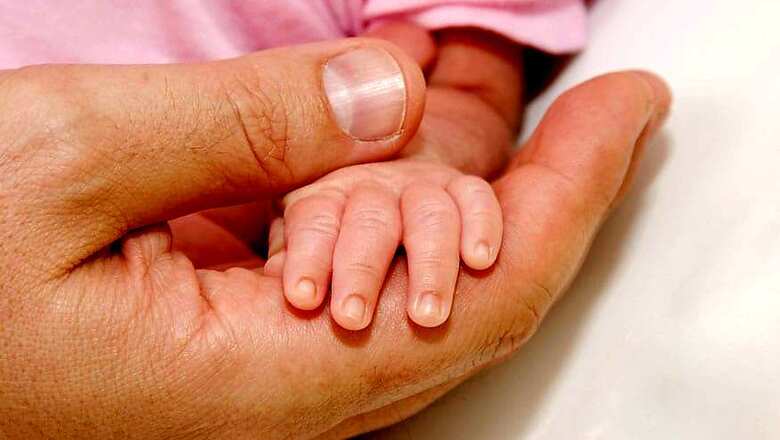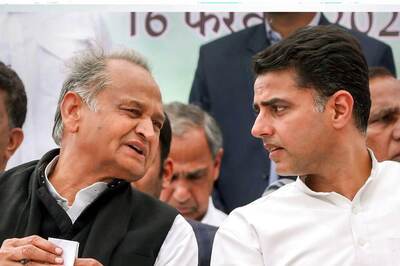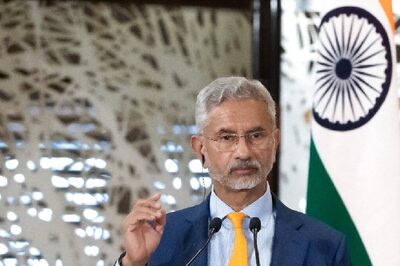
views
New Delhi: The Economic Survey has highlighted India’s strong preference for a son over a daughter and stated that 2 million women go missing in the country every year.
“The stock of missing women as of 2014 was nearly 63 million and more than 2 million women go missing across age groups every year (either due to sex-selective abortion, disease, neglect, or inadequate nutrition),” said the report.
The seventh chapter describes how development has not been able to deter India’s preference for a male child.
“Families continue to have children until they get the desired number of sons. This kind of fertility stopping rule will lead to skewed sex ratios but in different directions: skewed in favour of males if it is the last child, but in favour of females if it is not,” said the report.
The report also analysed that the age-old, regressive practice of preferring male children is also leading to disempowering of the nation.
“Families, where a son is born, are more likely to stop having children than families where a girl is born. This is suggestive of parents employing stopping rules. The only exception to this pattern is with regards to the first child. Even parents who have a first-born son are likely to continue having children, which reflects a pure family size preference – Indian parents, on average, want to have at least two children,” stated the survey.
A report by economist, Seema Jayachandran in 2015, quoted in the survey, lists a number of reasons for such a son preference, including patrilocality (women having to move to husbands’ houses after marriage), patrilineality (property passing on to sons rather than daughters), dowry (which leads to extra costs of having girls), old age support from sons and rituals performed by sons.
According to findings of the report, the biologically determined natural sex ratio at birth is 1.05 males for every female. Any significant deviation from this is on account of human intervention – specifically, sex-selective abortion.
The report also deduces that some parents keep having children till they have the required number of sons.
“This leads naturally to the notional category of “unwanted” girls which is estimated at over 21 million. In some sense, once born, the lives of women are improving but society still appears to want fewer of them to be born,” said the report.
While India has tougher battles to be fought, the country has made some progress with regards women.
“The progress is most notable in women making decisions regarding, household purchases and visiting family and relatives. Education levels of women have improved dramatically but incommensurate with development. 62.3 percent of women in India were involved in decisions about their own health in 2005-06, which increased to 74.5 percent in 2015-16. Similarly, the percentage of women who did not experience physical or emotional violence increased from 63 percent to 71 percent. The median age at first childbirth increased by 1.3 years over 10 years,” said the report.




















Comments
0 comment